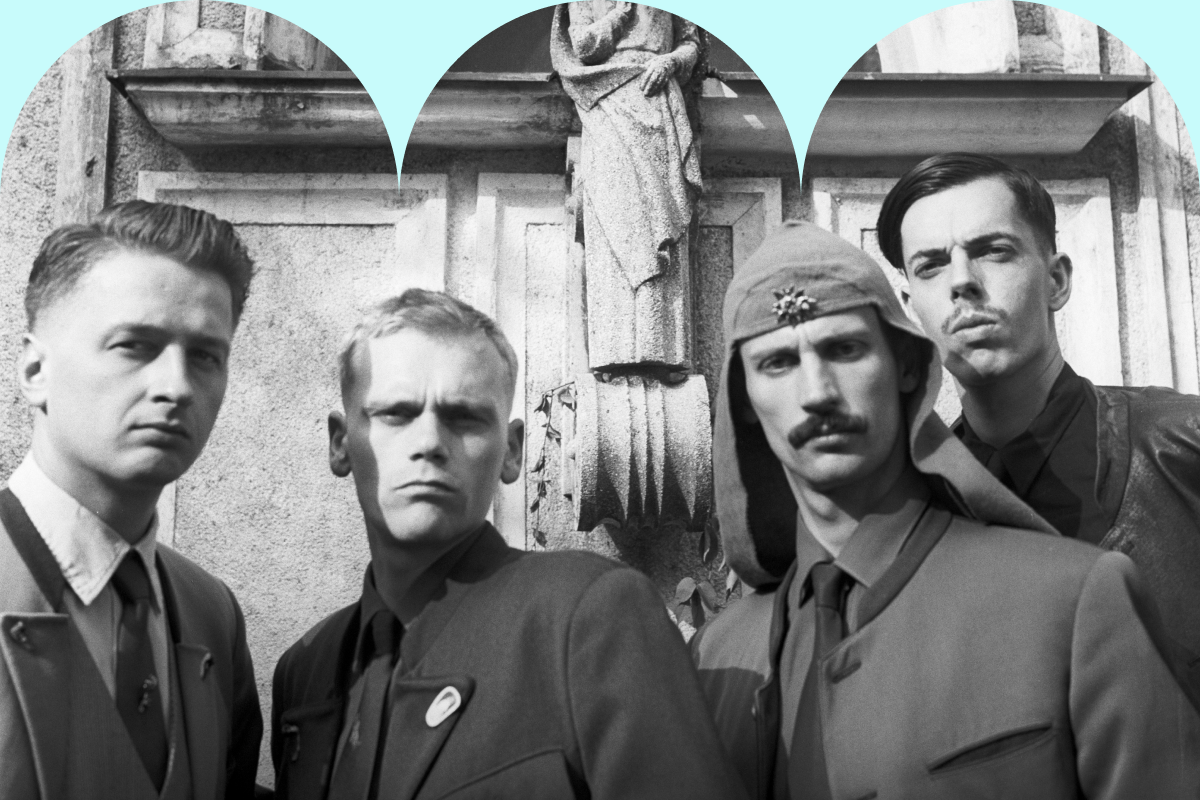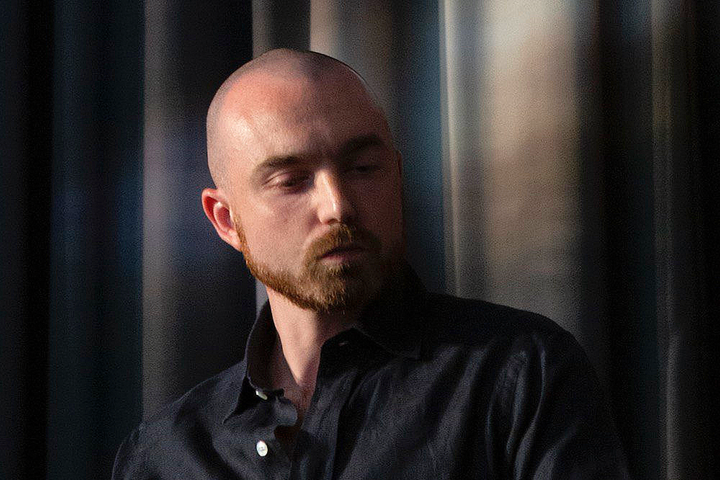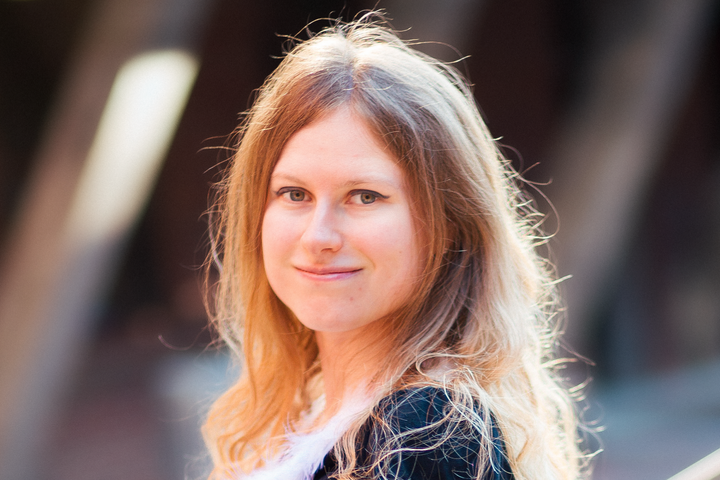The Wise Words of Kunsthistoric Slovenian Band Laibach on the CryptoPunks Sensation and its Legendary yet Artless Status.

Do you know of any artist or art project influenced by CryptoPunks?
Leaving aside the usual names that appear in the context of the CryptoPunks scene, we ourselves have apparently been unwittingly influenced by this matter. Some time ago we put together a whole universe of characters that could easily be classed as classic CryptoPunks icons. Yet they are unique in a different way, and part of a soon-to-be-launched Laibach computer game, which is linked to our Iron Sky - The Coming Race (2019) project, or rather to its sub-episode, “Love is Still Alive.”
Can CryptoPunks be considered legendary for the NFT art history?
Certainly. As time moves as fast as it does, everything that happens today and manages to survive until tomorrow, is already legendary by definition.
What artistic value do you see in CryptoPunks?
Talking about CryptoPunks and artistic value should, by all rules, be close to an oxymoron, if not already in the domain of coincidentia oppositorum [juxtaposition of opposites.] It is certainly a new understanding of the notion of art, which in this context is obviously less important than the notion of artistic, or market, value itself. The second does not exist for the sake of the first, nor the first for the sake of the second. In fact the first no longer exists at all.
CryptoPunks also takes as its basic premise the pretense of originality–another paradox –that is to say, uniquely generated characters, not two of which are the same. However, it is only an illusion of difference, because all the characters are drawn according to the same pixel art principle and the differences between them are negligible. This so-called diversity, these 10,000 figures or units that are not tokens but almost tokens, exist solely for the sake of crypto trading, and the exchange value itself becomes the only point and the only purpose of this quirk. In this perspective, crypto trading in CryptoPunks units is nothing more than the repetition and generation of the same empty logic of zombie capitalism, which exists only for its own sake and feeds itself to the point of meaninglessness. There is no artistic value in it, unless the artistic value is the meaninglessness of the zombie capitalism itself. Which probably it is.
Will CryptoPunks make it in the more traditional art history?
The more relevant question nowadays seems to be whether traditional art history will make it into the CryptoPunks scene.
Which artistic projects in the more traditional art world can we compare the CryptoPunks phenomenon with?
Malevich's Black Square–the original pixel point.
What does the future hold for CryptoPunks?
This depends primarily on whether the code that keeps the phenomenon alive survives in blockchain technology (and furthermore, whether the person who drives the server survives as well). Or whether the energy crisis ensures that the phenomenon is forever relegated to the realm of legends.
The band and multimedia collective Laibach, founded in 1980 in the industrial mining town of Trbovlje, is one of the best-known Slovenian brands of all times, highly influential within the general cultural and political scene in Slovenia and abroad. Their use of Ljubljana’s historic German name, as well as the group’s militaristic self-stylization, propagandist manifestos, and totalitarian statements has raised many debates on their actual artistic and political positioning. Many theorists, among them Slovenian philosopher Slavoj Žižek, have discussed the Laibach phenomenon both from an analytical as well as critical cultural point of view. The main elements of Laibach’s varied practices are strong references to avant-garde, nazi-kunst and socialist realism (in their visual production), de-individualisation in their public performance as an anonymous 'quartet' dressed in 'uniforms,’ conceptual proclamations, and forceful sonic stage performances–mostly labelled as industrial pop music. Laibach is practicing collective work, dismantling individual authorship and establishing the principle of hyper-identification. Laibach invented and poetically defined the term retro-avant-garde, which is now kunsthistoric, and creatively questioned artistic quotation, appropriation, copyright and copyleft. Starting out as both an art and music collective, Laibach became internationally renowned in the scene, especially with their violating cover versions of hits by Queen, the Stones, the Beatles, etc. In 1984 they co-formed the wider collective and movement Neue Slowenische Kunst, which lasted until 1992, and built the foundations for the NSK State (1992 - ongoing). With more than 1,000 shows around the world they were also the first 'western' rock group to perform in the fortress state of North Korea in the summer of 2015, and are currently collaborating with Iranian artists in preparation for a big symphonic work in Tehran.



